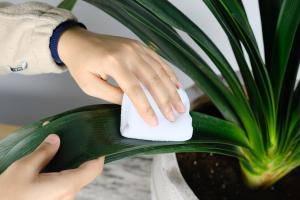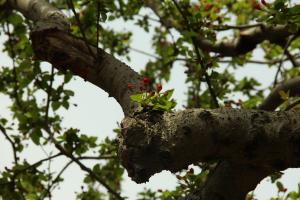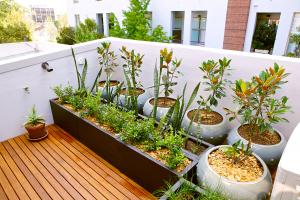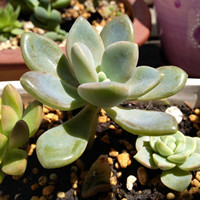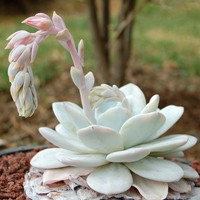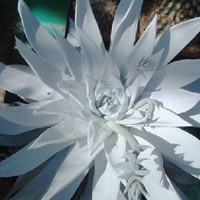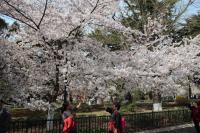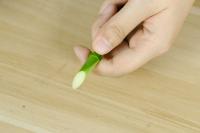Bulbous propagation
The method of using its massive roots for propagation is relatively simple, and the flowers bloom early, and the number of flowers is also relatively large
The branching of bulbous roots is generally carried out in autumn. After digging out from the soil, break the bulbous roots of the plant together with the rhizome into several small pieces, and leave several flower buds and small bulbous roots in each piece. These separated bulbous roots are sterilized and dried, and then poured into clean and moist fine sand to produce new buds. During the period, pay attention to the shade and ventilation of the environment, and often spray water upward to keep the fine sand moist. Pay attention to disinfection every week to prevent bulb rot. After half a month, it can be planted when flower buds and roots are produced. When planting, don't bury it too thick, just bury it to the stem and root, otherwise it will affect the growth of leaves; Don't bury it too shallow, or it will affect its roots. If the soil layer is too wet, it can not be too dry. Wait until the emergence of seedlings, and then slowly increase the water according to the growth situation
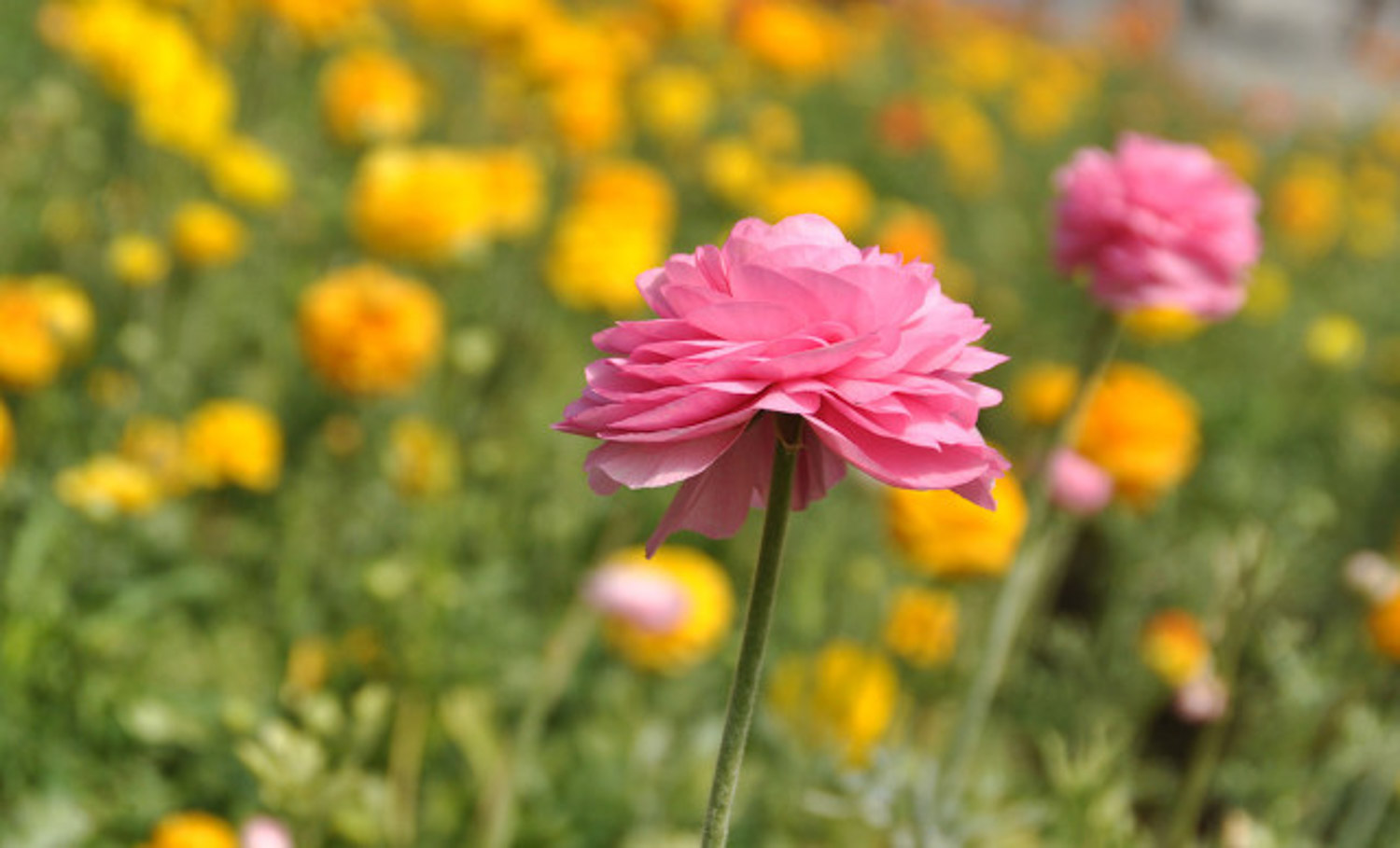
Sowing and propagation
Seed planting can cultivate a large number of flowers in a short time, and the flowers are more brightly colored. However, compared with bulbous ramets, the number of flowers is small, the flowering is late, and the development period is relatively long. If there is no high technical level, it is not easy to succeed by sowing directly. Generally, the method of sowing and cultivating bulbous roots first and then ramets is adopted
Buttercup is usually sown in autumn and sown when the average temperature drops below 20 ℃. The suitable temperature for germination is 10-15 ℃, and it can germinate in about 20 days. If the seeds are sown in advance when the temperature is higher than 20 ℃, the seeds will not germinate until the temperature is appropriate, and the germination time is relatively long; If the temperature is lower than the appropriate temperature before sowing, the seeds will lack sufficient nutrients during the growth period, and the flowers will be smaller the next year. In other words, the longer the vegetative growth period of the seeds before overwintering, the higher the quality of the flowers cultivated. Therefore, in order to cultivate high-quality Buttercup, the practice of prolonging its vegetative growth period is often adopted, and it is sown in advance in late August. At this time, due to the high temperature, it does not reach the appropriate temperature for germination, so it is necessary to artificially give birth to flower buds. Wrap the seeds with a thin cloth and soak them in cold water for 24 hours, then put the soaked seeds into a fresh-keeping cabinet with a temperature of about 8-10 ℃. Wash the seeds with cold water every morning and evening to keep the flower seeds moist. The seeds can sprout in about ten days. After germination, sow them immediately and strengthen management

Tissue culture
Tissue cultivation and propagation is to cultivate some tissues of Ranunculus japonicus and then propagate. The advantage of this method is that it is relatively fast, but relatively speaking, the technology in the operation is complex, the cost is relatively high, and the demand for factors such as cultivation time is also strict. In the actual operation process, it is not very simple, so this method is generally not used in ordinary breeding


 how many times do yo...
how many times do yo... how many planted tre...
how many planted tre...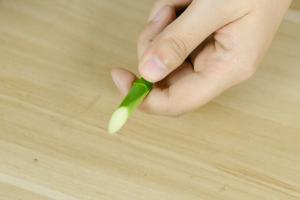 how many pine trees ...
how many pine trees ... how many pecan trees...
how many pecan trees... how many plants comp...
how many plants comp... how many plants can ...
how many plants can ... how many plants and ...
how many plants and ... how many pepper plan...
how many pepper plan...